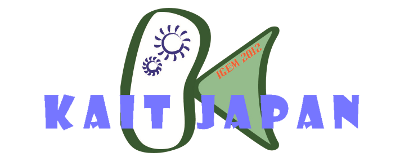Team:KAIT Japan/Safety
From 2012.igem.org
(Difference between revisions)
| Line 53: | Line 53: | ||
=Safety= | =Safety= | ||
| - | + | :[[Safety | official safety page]]<br> | |
<big>'''1.Would any of your project ideas raise safety issues in terms of: ou'''</big> | <big>'''1.Would any of your project ideas raise safety issues in terms of: ou'''</big> | ||
<P> | <P> | ||
| Line 98: | Line 98: | ||
|} | |} | ||
| - | |||
Revision as of 04:08, 13 September 2012
|
|
|
|
|
|
|
|
|
Safety1.Would any of your project ideas raise safety issues in terms of: ou
|
 "
"











